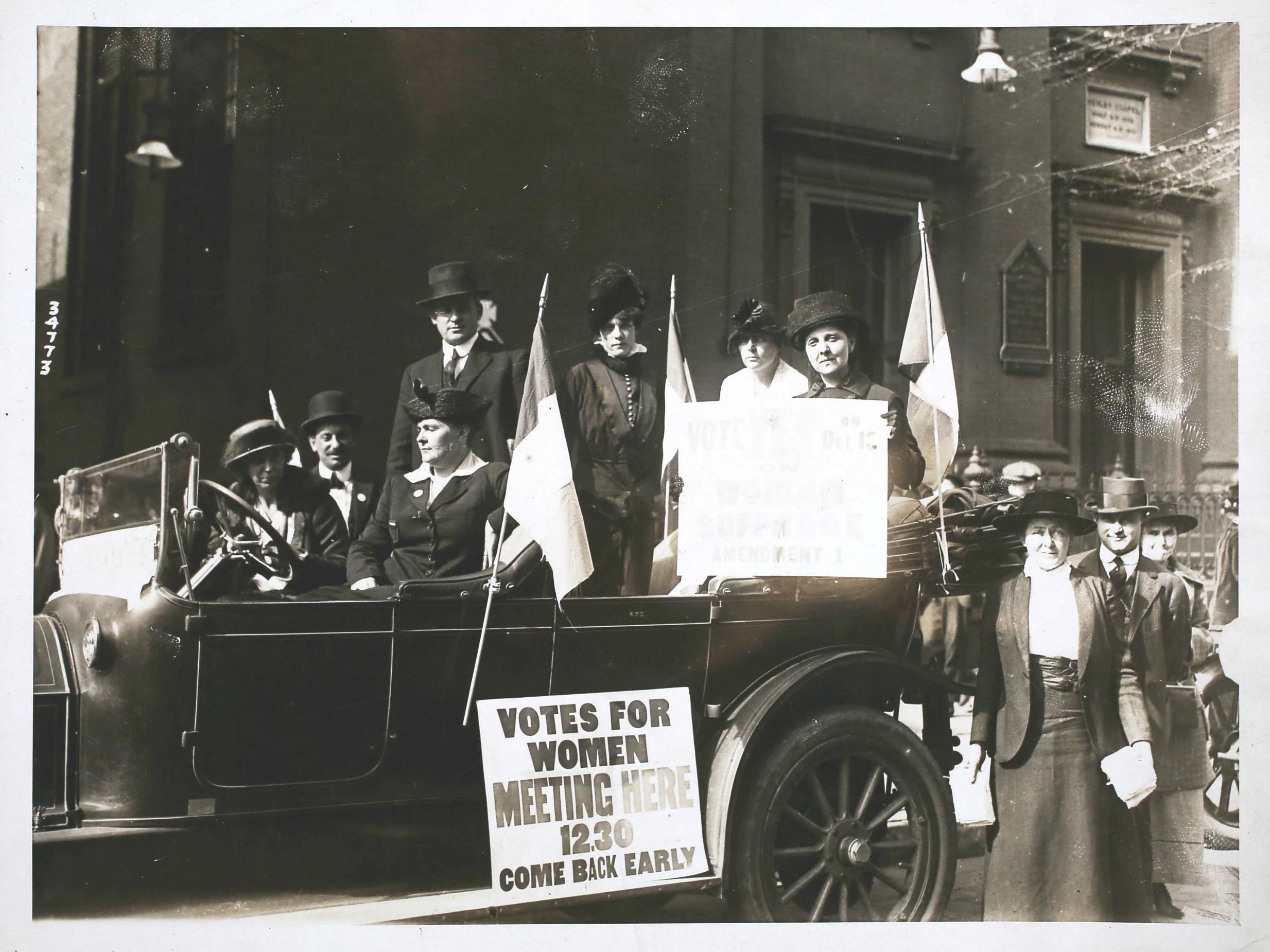19th amendment: When did women get the vote in the US?
This year marks the 100th anniversary of the ratification of the 19th amendment

International Women’s Day is on March 8, and with the #metoo movement forcing unprecedented changes for women around the world, there seems no better time to keep pushing forward for change.
This year, the theme of the annual campaign is #eachforequal, championing actions of the individual to help create a gender-equal world. Gender equality in America has come a long way, and still has a long way to go. But do you know where the movement began in America?
This year marks 100 years since the ratification of the 19th Amendment in the US, a landmark moment in the progress of women's rights.
Below is a crash course in how and when the amendment was passed, its significance in the fight for equality in America and the importance of the actions of the individuals who made it happen.
What is the 19th amendment?
In short, the 19th amendment lifted discrimination on the basis of sex, paving the way for women to vote. It signposted the granting of women’s suffrage after a long and hard-won protest by women across America.
The victory for women came after a gruelling and militant century-long campaign by the women’s rights movement, causing the injury of hundreds of women and the arrests of others.
Reformers Elizabeth Cady Stanton and Lucretia Mott are often regarded as figureheads of the movement, after launching the women’s rights movement in 1948. Women began pushing for the realisation of a federal amendment that would legally grant women the right to vote.
After a failed proposal’s to the senate in 1887, 1914 1918 and attempts to lobby for votes on a state by state basis, the amendment finally came back up for measure one last time in 1919.
When was it passed and ratified?
The amendment was passed at the House on 21 May and the US Senate, by two vote’s majority, on the 4 June 1919. However, this didn’t mean it came into force straight away as it had to endure the lengthy process of ratification.
To be successful women’s votes had to be ratified by three-fourths of the states in the US. Between the passing of the bill in June, and March the following year, 35 states had approved the amendment. However, the bill was still one state short of being approved before its ratification.
It came down to one man persuaded by his mother
Southern states were staunchly against the bill and the success or failure of women’s suffrage was laid at the feet of the state of Tennessee. The votes on the bill were tied at 48-48 and the fate of the state’s position, and more importantly, the amendment came down to one man.
23-year-old republican Harry Burn cast the deciding vote and was persuaded by his mother to approve it despite his own personal opposition to the bill. With the deciding vote, the ratification of the bill was narrowly passed and votes for women officially ratified on 18 August 1920.
What does the constitution say about who can vote?
Women finally got the vote in the US when the Amendment was certified on 26 August 1920, and in the November election of that year, women voted in elections for the first time. The Amendment prevents the US government from denying citizens of America suffrage based on gender.
The amendment itself reads: “The right of citizens of the United States to vote shall not be denied or abridged by the United States or by any State on account of sex. Congress shall have the power to enforce this article by appropriate legislation.”
But black women were still disproportionately subject to discriminatory voting laws that persisted for decades until passage of the Voting Rights Act in 1965. Asian women also were prevented from voting rights under the Chinese Exclusion Act until its repeal in 1943.
Join our commenting forum
Join thought-provoking conversations, follow other Independent readers and see their replies
Comments
Bookmark popover
Removed from bookmarks